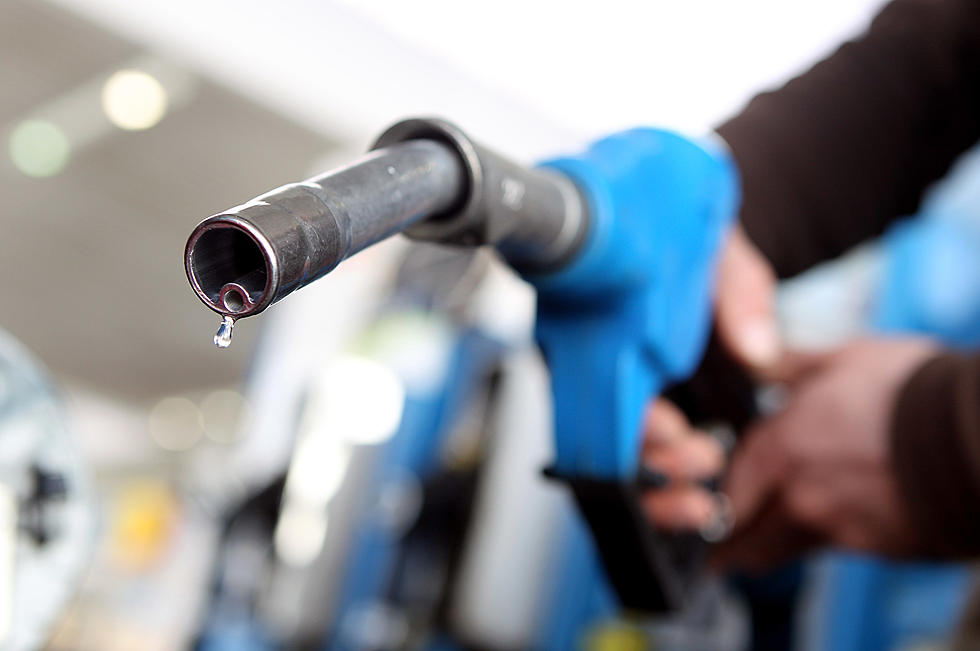
Indiana Fun Fact – The Gas Pump was Created in Fort Wayne
Pulling into the gas station is a relatively quick experience (assuming you don't have to wait for a pump to open). You pull in, swipe your card on the pump, insert the nozzle into your gas tank, and five to ten minutes later you're back on the road heading to your next destination. But what if those pumps didn't exist? The process would likely be a far more difficult, and time-consuming, experience. Thankfully, that's not the world we live in, and we can thank a Fort Wayne man for that.
Welcome back to my ongoing series, the not-so-creatively-titled, "Indiana Fun Facts" where I share little tidbits of info with you about our home state that I've discovered and think are interesting with the feeling you might too. In this edition, I want to introduce you to Sylvanus Freelove Bowser, a man with not only an amazing name but one who saw a need to make life a little easier and filled 'er up.
Getting Fuel the Old-Fashioned Way
Before Sylvanus came up with the brilliant idea of creating the first gas pump in 1885, which eventually led to the concept of the gas station, people bought gas from barrels sold at grocery stores, hardware stores, and pharmacies. It's unclear how they got it into their vehicles, but I'm assuming it involved literally pouring it from the bucket into the tank, hopefully with the aid of a funnel or some type of spout on the bucket.

Not the Original Purpose
Sylvanus' original intention for the pump was to make dispensing kerosene easier. Keep in mind, this was the late 1800s. Cars were a brand new concept, and very few people had them (there were only 4,000 in America in 1900). Broad access to electricity was also a relatively new concept at the time with Thomas Edison having patented the incandescent light bulb five years earlier in 1880. A few wealthy people had electricity in their homes, but the majority of the population was still using kerosene lamps to light up their homes at night and keep themselves warm in the winter. Much like gasoline that followed, getting kerosene required pouring it from a barrel to a bucket. Thinking there was a better way, Sylvanus went to work and created a tank featuring an integrated pump operated by a crank or lever that sucked the kerosene from the bottom of the tank through a long curved pipe. Customers would place their buckets under the pipe and hand-crank the amount of fuel they needed.
The Automotive Revolution
As car ownership became more widespread in the early 1900s, Sylvanus realized his pump could be easily adapted to fit the changing landscape by simply extending the pipe with the help of a flexible hose people could stick right into the tank.
Today, it seems as if there is a gas station every few blocks with many intersections featuring one on at least two of its four corners, all of which serving hundreds, if not thousands, of customers each day with anywhere between 10 and 20 pumps. All of which is possible thanks to one man with an idea in Fort Wayne, Indiana of all places over 130 years ago.
[Sources: Automobile Driving Museum / Family Tree Magazine / American Oil & Gas Historical Society]
More Indiana Fun Facts
If you enjoyed this edition, and enjoy learning unique things about the state we call home, check out the previous editions of Indiana Fun Facts.
- Indiana Fun Fact - Tomato Juice was Invented in French Lick
- Did You Know the First Electric Streetlight in America was Installed in Indiana?
- Indiana Fun Fact - A Tree Has Been Growing on This Courthouse Roof for 140+ Years
- Indiana Fun Fact - Elvis Played His Last Concert in the Hoosier State Before His Death in 1977
- Unique Indiana Fact - First American Soldier to Die in World War I was from Evansville
- Indiana Fun Fact - The First Sears Retail Store was in Downtown Evansville
LOOK: See how much gasoline cost the year you started driving
LOOK: See the iconic cars that debuted the year you were born
25 Hidden Evansville Secrets That May Blow Your Mind
SEE: The Must-Drive Roads in Every State
More From WDKS-FM

![Louie Smiles in Every Photo Because He’s a Hap-Hap-Happy Boy! [Warrick Humane Society Pet of the Week]](http://townsquare.media/site/74/files/2024/04/attachment-LOUIE-WHS.jpg?w=980&q=75)







